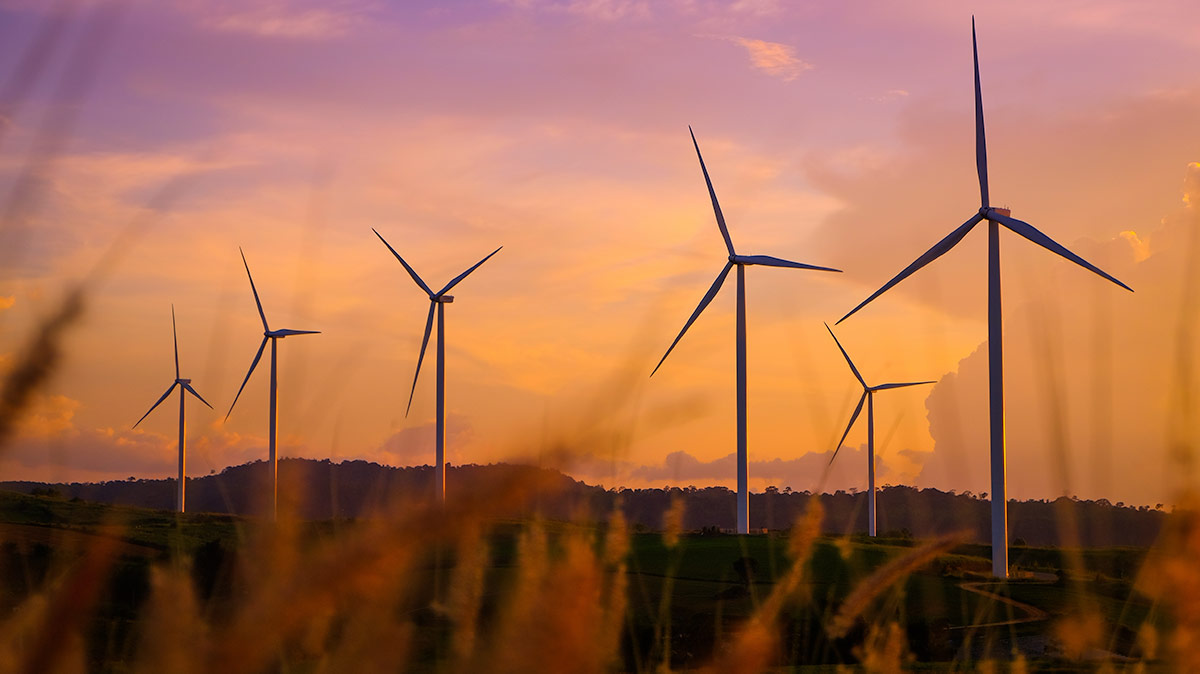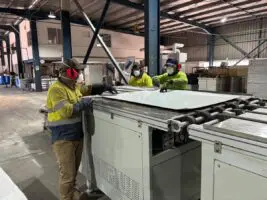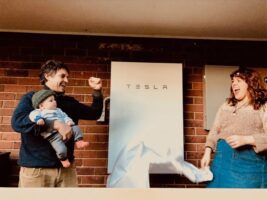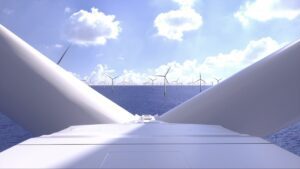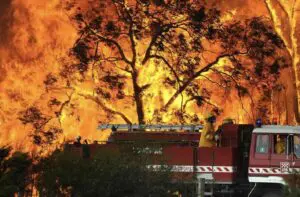New analysis suggests that a flood of new wind and solar projects will drive electricity prices lower, and higher gas prices will mean the fossil fuel will play a minimal role in the future energy system.
A new analysis published by analyst firm Reputex on Monday estimates that around 7GW of new wind and solar projects will be commissioned in Australia’s main grid within the next two years, with a pipeline of more than 60GW of new projects out to 2040.
The majority of this new capacity will be focused in New South Wales and Victoria and will come as around 13GW of black coal power stations and 1.4GW of brown coal generators exit the market over the same period.
The exit of fossil fuels from the market is expected to see the market share of coal and gas generators fall below 50 per cent as early as 2025 and below 30 per cent by 2030. But Reputex also predicts the share of gas generation could fall as low as 1 per cent by 2030, in contrast to the government’s “gas transition” plans.
Reputex analysis echoed recent suggestions of Energy Security Board chair Kerry Schott, with both suggesting that Australia is on track for a renewable energy penetration above 90 per cent by 2040, despite minimal support from the federal government.
Reputex says that this growth in low cost wind and solar generation will help to suppress electricity prices, with wholesale prices expected to stabilise around $40 to $50 per megawatt-hour.
Head of carbon and power markets at Reputex, Bret Harper, said that while the addition of new wind and solar projects was occurring at a rapid pace, investment in new network infrastructure was lagging behind. Key to addressing this, the firm said, was state government plans to establish dedicated renewable energy zones and the coordination of new network infrastructure to serve these zones.
“Although utility-scale solar and wind projects are being built at an impressive rate in the NEM, the final step of delivering electricity into the grid is still experiencing major delays due to inadequate grid infrastructure”, Harper said.
“State plans to accelerate new transmission infrastructure is now likely to release the long-term handbrake on renewable energy investment, resulting in a significant change to the speed of the transition from coal to renewables under our forecast scenarios.”
“As this occurs, a tsunami of large-scale renewable energy is likely to enter the market over the next decade, increasing competition for dispatch, reducing the influence of gas prices, and maintaining lower wholesale prices over the forecast period,” Harper added.
Reputex says the rapidly falling costs of clean energy technologies, including the cost of large-scale battery storage projects, meant that gas fuelled generators are likely to see themselves getting squeezed out of the electricity market.
While the Morrison government has sought to champion the potential role of gas as a transition fuel in the energy system, Reputex says gas generators are likely to have little by way of competitive advantage, particularly compared to batteries.
“Although the timing is uncertain, gas generators have little competitive advantage in the spot market, where batteries are emerging as the most economical way to trade, helping to shave peak pricing and reduce ancillary costs such as frequency control,” Harper said.
“This suggests some other form of energy storage will eventually beat out gas for the role of balancing variable renewable energy and bridging our way to a clean energy future.”
Reputex forecast that the market share of gas is likely to collapse over the next decade. Gas currently supplies around 7.5 per cent of electricity in Australia’s main grid, but the growth of battery storage and pumped hydro storage projects could see this market share fall to just 1 per cent by 2030, Reputex says.
“Even if gas prices remain relatively low over the next several years, the headwinds for gas generation are therefore getting much stronger, with its role in the market already under threat from fast batteries, and now more flexible coal generation,” Harper said. “Those headwinds are likely to continue to grow as gas prices increase, Snowy 2.0 is commissioned, and we transition to a new Five-Minute Settlement market.”
The operators of Australia’s coal generators have warned that the exit of coal generators is about to get messy unless actively managed and planned for, as generators battle to remain in the market and attempt to avoid being the first one to close.
Origin Energy has spoken openly about the potential need for its coal generators to operate more flexibly. Origin CEO Frank Calabria told shareholders earlier in the year that the company was preparing to operate the 2,880MW Eraring power station more flexibly, particularly in response to the increasing supply of solar electricity during the middle of the day, which has begun putting pressures on the profitability of comparably inflexible coal plants.
“Historically, large coal-plants with deep-balance sheets have preferred to wait-and-see if they can outlast their competitors and capitalise on higher prices to return to profit, while deferring the high cost of early decommissioning,” Harper said.
Harper warned that a failure to proactively manage the exit of coal generators could see consumers lumped with higher prices, particularly if investment in new network infrastructure continues to present a roadblock to new wind, solar and storage capacity joining the market as replacement supplies of power.
“With no NEM-wide coordination plan to guide large coal-fired generation retirements and inform new investment in energy storage and firm capacity, investment in new capacity is again expected to slow,” Harper added.
“This scenario cold result in much higher wholesale electricity prices in the 2020s, with new investment reactive to higher prices, rather than proactively committing to investment ahead coal-fired facility.”

